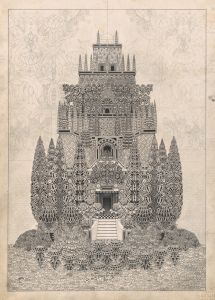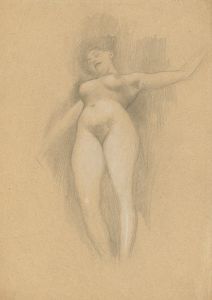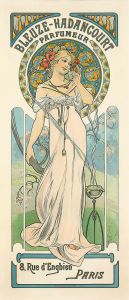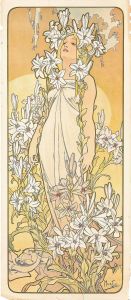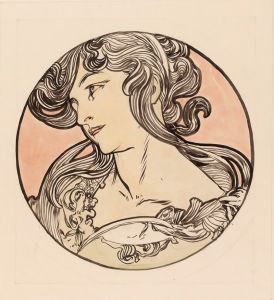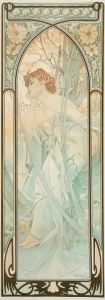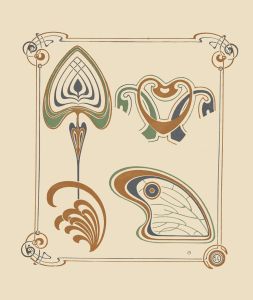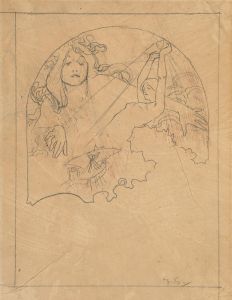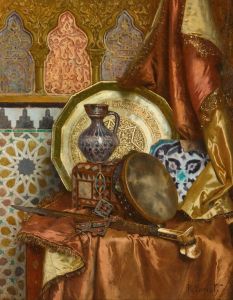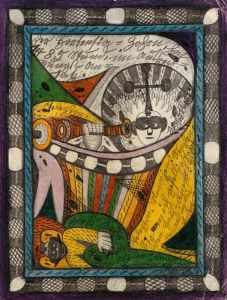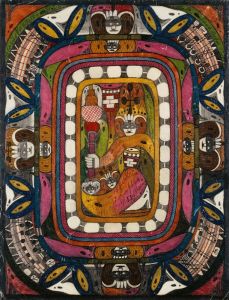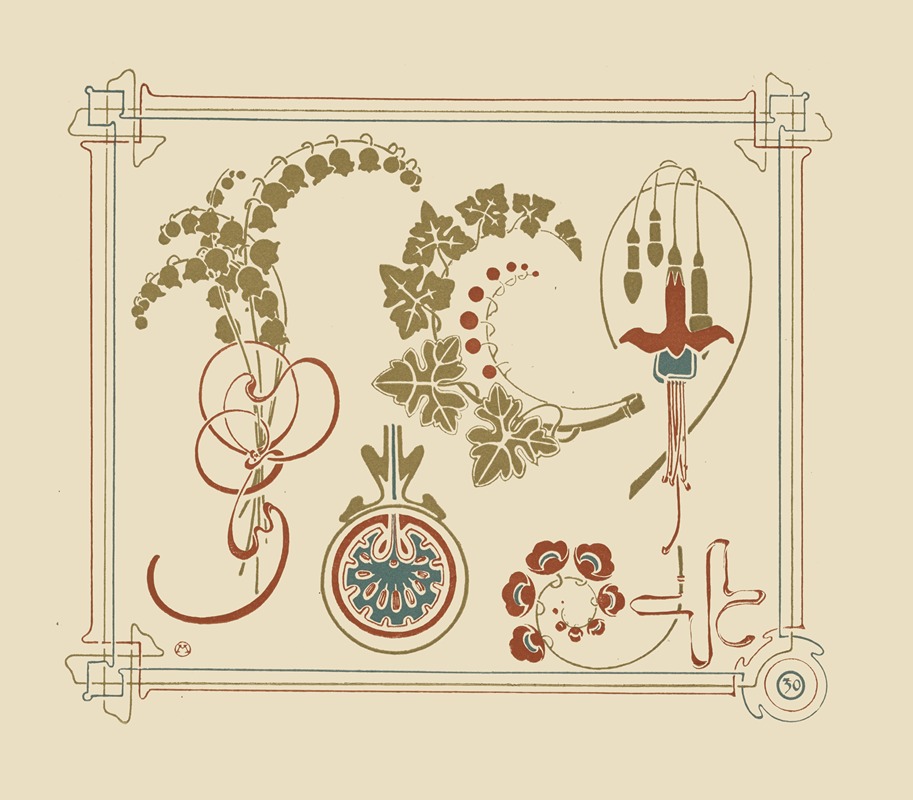
Abstract design based on flowers and leaves
A hand-painted replica of Alphonse Mucha’s masterpiece Abstract design based on flowers and leaves, meticulously crafted by professional artists to capture the true essence of the original. Each piece is created with museum-quality canvas and rare mineral pigments, carefully painted by experienced artists with delicate brushstrokes and rich, layered colors to perfectly recreate the texture of the original artwork. Unlike machine-printed reproductions, this hand-painted version brings the painting to life, infused with the artist’s emotions and skill in every stroke. Whether for personal collection or home decoration, it instantly elevates the artistic atmosphere of any space.
Alphonse Mucha, a Czech painter and decorative artist, is renowned for his distinctive style that became synonymous with the Art Nouveau movement at the turn of the 20th century. Mucha's work is characterized by its intricate detailing, flowing lines, and harmonious compositions, often featuring beautiful women surrounded by lush, decorative elements. One of his notable works is "Abstract design based on flowers and leaves," which exemplifies his mastery in blending natural forms with ornamental design.
Mucha was born in 1860 in Ivančice, a small town in the Czech Republic. He moved to Paris in 1887, where he developed his unique style that would later define the Art Nouveau movement. His breakthrough came in 1894 when he created a poster for the play "Gismonda," starring the famous actress Sarah Bernhardt. This poster's success led to a six-year contract with Bernhardt and established Mucha as a leading figure in the decorative arts.
"Abstract design based on flowers and leaves" reflects Mucha's fascination with nature and his ability to transform organic forms into stylized, decorative motifs. This piece, like many of Mucha's works, features an intricate interplay of floral and foliate patterns, showcasing his skill in creating rhythm and movement through design. The composition likely includes swirling lines and curves, characteristic of Mucha's style, which guide the viewer's eye across the artwork.
Mucha's use of flowers and leaves in his designs was not merely decorative but also symbolic. In the context of Art Nouveau, nature was often seen as a source of inspiration and a means to express the harmony between the natural world and human creativity. Mucha's work embodies this philosophy, as he often incorporated elements from the natural world to convey beauty, elegance, and a sense of unity.
Throughout his career, Mucha produced a wide array of works, including posters, illustrations, jewelry, and interior design. His ability to adapt his style to various media made him a versatile artist and a key figure in the Art Nouveau movement. Mucha's influence extended beyond Europe, as his work became popular in the United States, where he spent several years working on commissions and exhibitions.
In addition to his commercial success, Mucha was deeply committed to his Czech heritage and sought to promote Slavic culture through his art. This is most evident in his later work, "The Slav Epic," a series of monumental paintings depicting the history of the Slavic people. Although "Abstract design based on flowers and leaves" is not part of this series, it reflects Mucha's consistent dedication to combining beauty with meaning.
Alphonse Mucha's legacy endures through his contributions to the Art Nouveau movement and his influence on subsequent generations of artists and designers. His work continues to be celebrated for its elegance, complexity, and timeless appeal. "Abstract design based on flowers and leaves" is a testament to Mucha's ability to capture the essence of nature and transform it into a work of art that resonates with viewers across different cultures and eras.





